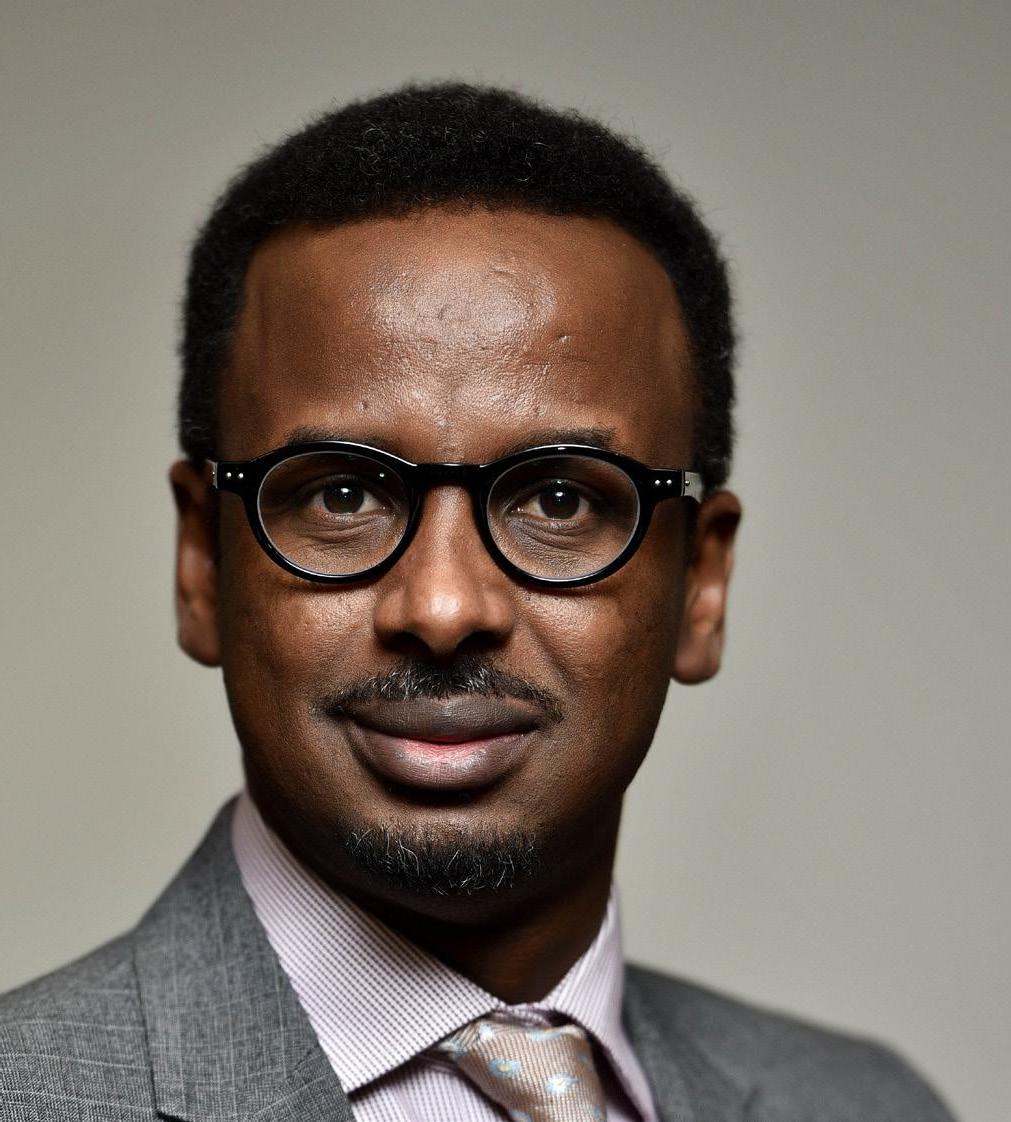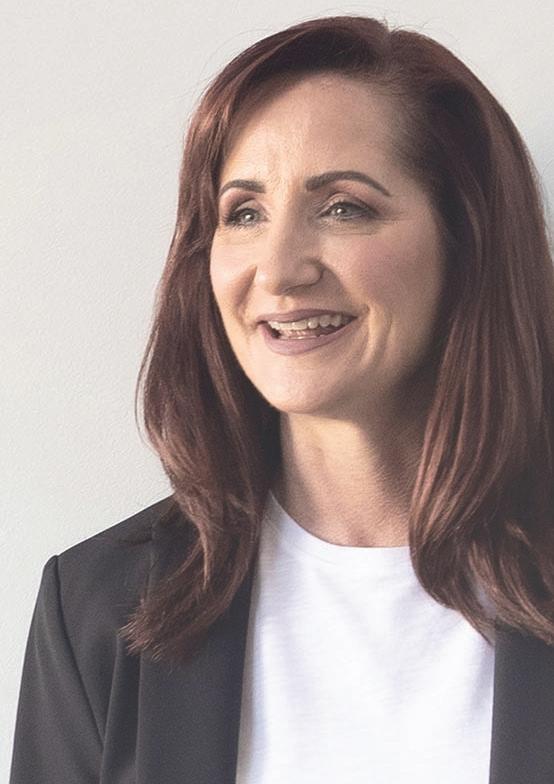
6 minute read
Racial Inequality and Black Economic Reset - Sharif Haji
Racial Inequality & Black Economic “Reset”
By Sharif Haji
esearch shows that there is a strong correlation between racial difference and income inequality. Particularly multi-ethnic countries with a history of colonization. This historical income inequality had led to wealth inequality and intergenerational wealth disparity among different races. The COVID-19 pandemic could significantly widen this gap for another century unless targeted efforts are made to rebound our economy in the post COVID-19 economic era.
Ethnic diversification continues to grow in most of the G20 countries, however the growth of such diversity does not mean wealth and economic growth grow concurrently. Inequality continues to be a major social problem even in developed countries. Countries with emerging economies continue to struggle with the racial gap in income and wealth, while some of the G7 countries continue to fail closing the wealth gap. The United States stands out for the racial inequality for G7 countries, while Brazil and South Africa (of the emerging economic countries) show a similar trend of racial gap in income and wealth.
Brazil and South Africa are two countries with great examples of racial differences among their respective citizens. Both Brazil and South Africa are part of the BRICS—an
Racronym of five emerging economic countries that include Russia, India, and China. While both countries rank well as emerging economic powerhouses, they also rank high on wealth inequality. This disparity in wealth in both countries is linked to the racial lines among South Africans and Brazilians. Among the G7 countries, the United States is the country that gets listed among the top countries with income and wealth inequality. United States Consumer Finances’ recent data from 2019 indicate that white American families have eight times the wealth of the typical Black family and five times the wealth of the typical Hispanic family. This is not a snapshot data of point in time but a historical trend. In fact, the number was worse in the 2016 data. Such a historical trend in generations is what led today to the current wealth gap between white and Black Americans. Canada is known for its welcoming multiculturalism. In fact, many countries view Canadian multiculturalism as a model that many should adopt. Nonetheless, Canada continues to fail demonstrating how it fairs with the United States when it comes to income and racial wealth disparities. The key to this is that the Canadian system does not

measure the racial inequality as Canada historically does not collect information on race regarding wealth and income disparity among other social metrics of race and race relations.
Statistics Canada, the national agency that is enacted to ensure Canadians have the key information on Canada’s economy, society and environment Does not collect racebased data that could effectively inform national policies. The Canadian data collection system focuses on immigration status as the key determinant of income and wealth disparity. This does not just sideline inequitable policy effects of racial disparity, an approach that deflects race as a key determinant on systemic inequality.
As a result, there is no information to show the wealth gap between racialized Canadians and their counterparts as wealth measurement requires measuring trends on income, wealth and race. 2016 data from Statistics Canada demonstrates that Black Canadians have twice the unemployment rates despite having an equal education level. The income gap between Black and their counterparts is over $20,000 and children from Black communities are three times more likely to live in low-income households compared to their white counterparts. It is worth mentioning that this was not race-based data that was collected for this purpose, but it was an extrapolation of the existing data to understand racial differences on income, employment, and education.
This racial disparity existed prior to COVID-19, and it is well documented in many parts of the world that there are unequal COVID-19 implications among different populations due to the nature of their economic activities. Unsurprisingly, Indigenous racialized Canadians are more likely to get exposed to the virus and be in a situation of high susceptibility due to socioeconomic conditions. This furthered the socio-economic and wealth gap between indigenous and racialized Canadians and their counterparts.
George Floyd’s murder has been heartbreaking, but at the same time an awakening on issues of race and race relations on various fronts. It was a turning point for Canada’s race and inequity discourse. The Federal Government of Canada has made a bold narrative change to race and racial inequity. One good example is that the Government of Canada commissioned a listening tour on issues affecting Black communities and allocated resources to the recommendations that came out of these listening tours across the country.
The shift of narrative served as a lever to discuss matters that are not limited but includes collecting race-based data. As a result, in July 2020, Statistics Canada started collecting unemployment rates by racial differences. This is a good step to address employment and racial disparity and it will arguably serve as an approach to manage these measured numbers. Based on Budget 2021, further work is expected to collect more data that will help policy design regarding racial inequality among Canadians.
The Government of Canada also put resources in the Black Canadians business. A good example is the establishment of the Federation of African Canadians Economics, a national entity that will enable access to capital to the Black entrepreneurs in Canada. In addition, liberal government allocated resources to build the capacity of the Black business ecosystem through mentorship and training. This is expected to not only support the existing business sector but to animate and attract new innovative economic activities among Black Canadians.
These efforts are happening in a time when Canada and the rest of the world are geared towards economic recovery as a result of COVID-19 impact. Our prime minister calls his 2021 budget a recovery plan from COVID-19 economic damages. Others like the World Economic Forum (WEF) call post COVID economic activities as a reset. According to the

WEF, “The COVID-19 crisis, and the political, economic, and social disruptions it has caused, is fundamentally changing the traditional context for decision-making. The inconsistencies, inadequacies, and contradictions of multiple systems—from health and financial to energy and education—are more exposed than ever amidst a global context of concern for lives, livelihoods, and the planet.
In Alberta, we have an increased complexity when “re-setting” our economy. Alberta has the fastest growing Black communities in the country; we have changing economic realities and recovery from pandemic at the same time. These intersections will require systems and mechanisms that will help racialized Albertans build economy and wealth. Without cultural or narrative shifts, it is hard to see how traditional public policies alone will enable them to overcome these challenges.
Alberta’s economy and a sensible economic rebound required a shift that enabled strong economic empowerment regardless of the racial or economic status. It requires a shift in a new reality that releases the potential of every Albertan. The federal efforts are an opportunity that the provincial and municipal governments can utilize. This will facilitate a new opportunity and a new economy in a world of economic transition, particularly, a province that is facing new economic realities.














